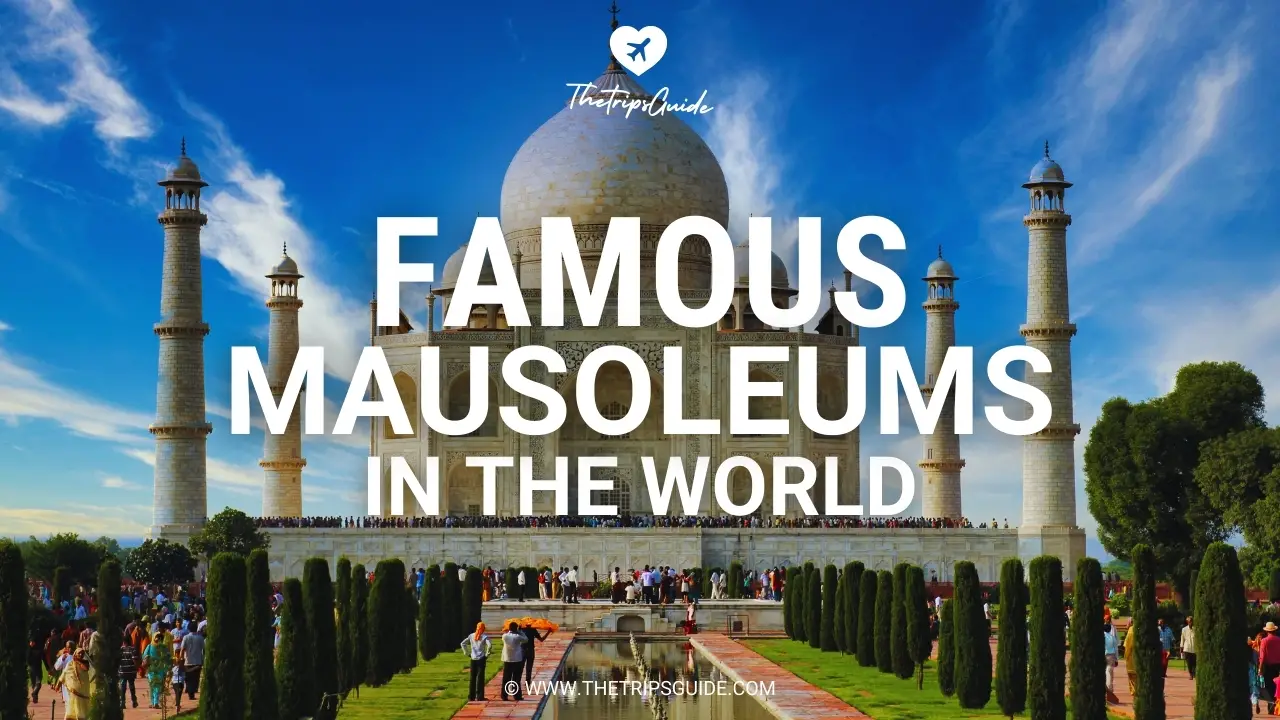 If you're looking for a dose of history, a touch of architectural marvel, or simply curious about the most iconic final resting places in the world, you've come to the right place.
If you're looking for a dose of history, a touch of architectural marvel, or simply curious about the most iconic final resting places in the world, you've come to the right place.
Not sure what to do in your free time? Are you planning a trip and want to visit some extraordinary landmarks? Well, we've got something special in store for you.
In this article, we'll take you on a journey through some of the most famous mausoleums in the world.
These are more than just structures; they are timeless tributes to remarkable individuals, rich in history and culture.
So, sit back, relax, and let's explore these incredible sites together.
Map of Mausoleums in the World
What's In This Post?
1. Tomb of Cyrus
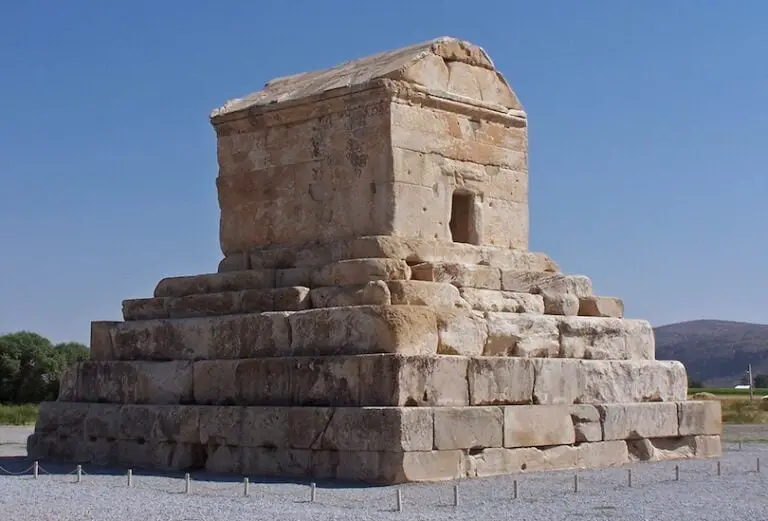
The Tomb of Cyrus is an ancient and historically significant monument located in Pasargadae, Iran. It is the final resting place of Cyrus the Great, who was the founder of the Achaemenid Empire and ruled from 559 to 530 BC. This tomb is of immense importance not only for its historical significance but also for its architectural and cultural value.
Cyrus the Great, known for his military prowess and his ability to govern a vast empire, is celebrated as one of the most influential leaders in ancient history. His tomb reflects the grandeur and magnificence of the Achaemenid architecture. The monument stands as a testament to his legacy and is a pilgrimage site for many.
The tomb itself is a simple yet elegant structure. It consists of a single chamber with a gabled roof and is built on a plinth. The use of white limestone and the lack of intricate decorations give it a minimalist and serene appearance. This tomb's significance lies in its historical context, being the final resting place of a king who played a pivotal role in shaping the course of ancient Persia and its empire.
Visiting the Tomb of Cyrus offers a unique opportunity to immerse oneself in history. It allows visitors to connect with the roots of an empire that once dominated a significant part of the ancient world. The site is not only a place of historical importance but also a symbol of cultural pride for the Iranian people.
2. Lenin Mausoleum
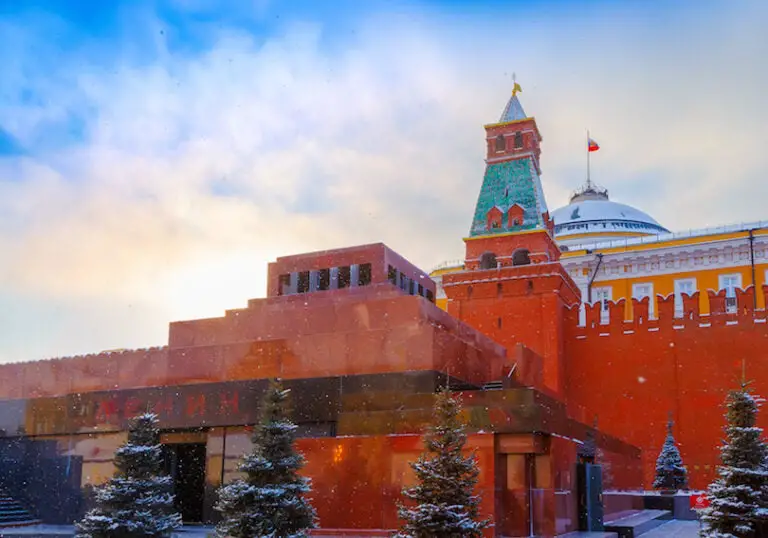
The Lenin Mausoleum, situated in Moscow's Red Square, is a striking monument dedicated to Vladimir Lenin, the leader of the 1917 October Revolution and the founder of the Soviet Union. Lenin's legacy, particularly his role in shaping the world's political landscape, makes this mausoleum a place of immense historical and political importance.
The mausoleum is a monumental structure, designed with a combination of various architectural elements, including neoclassical and modernist styles. It features a large red granite platform and a black step pyramid, creating a powerful and imposing appearance. Lenin's preserved body lies within a glass sarcophagus, visible to visitors who come to pay their respects.
The Lenin Mausoleum is not only an architectural marvel but also a place for reflection on the history of the Soviet Union and the ideals Lenin represented. It serves as a reminder of the revolutionary zeal and the profound changes that swept through Russia in the early 20th century.
Visiting the Lenin Mausoleum is a chance to explore the political and social upheaval that reshaped Russia and the world. It's a place to ponder the complex legacy of Lenin and the impact of his ideas on the course of history. For history enthusiasts, it offers a unique opportunity to connect with a pivotal figure and the era he helped shape.
3. Humayun’s Tomb
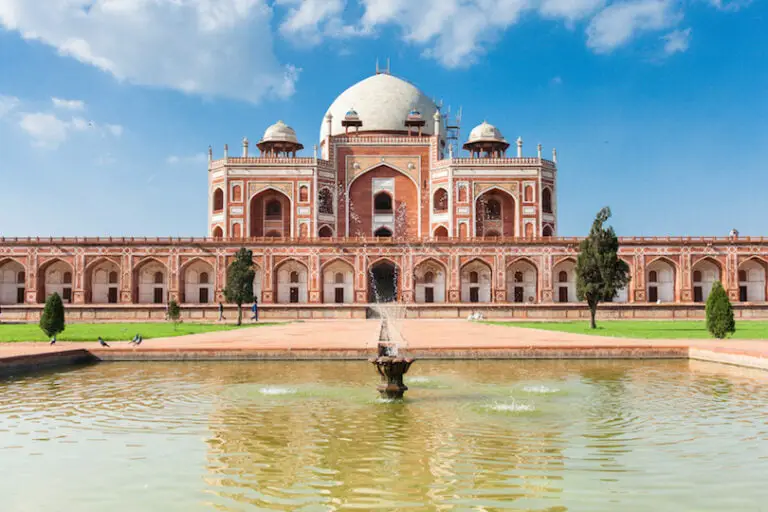
Humayun's Tomb, located in Delhi, India, is an architectural masterpiece and a UNESCO World Heritage Site. It is a mausoleum dedicated to the Mughal Emperor Humayun, who reigned in the 16th century. The tomb's exquisite design and lush gardens make it a symbol of Mughal architectural excellence and a must-visit historical site.
The tomb is a prime example of Mughal architecture, featuring a stunning blend of Persian and Indian architectural styles. It stands within a large, geometrically designed garden known as a charbagh, with water channels and pathways adding to its visual appeal. The tomb's red sandstone and white marble construction, along with its intricate detailing and Persian-style dome, make it a visual marvel.
Visiting Humayun's Tomb is like stepping back in time to the Mughal era, a period known for its cultural and architectural achievements. Exploring the gardens, admiring the architectural details, and understanding the historical context behind the monument is a captivating experience.
4. Castel Sant’Angelo
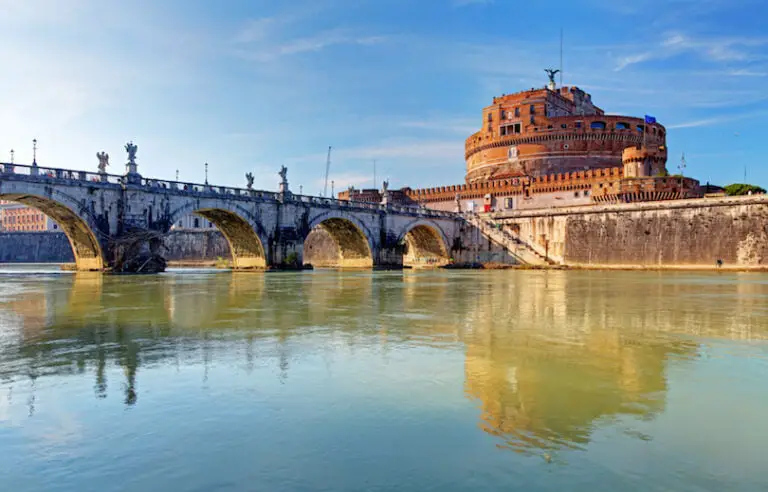
Castel Sant'Angelo, also known as the Mausoleum of Hadrian, is a majestic fortress located in Rome, Italy. Originally constructed as a mausoleum for Emperor Hadrian and his family, it later served various purposes, including as a papal residence and a prison. This historical site encapsulates centuries of Roman history and architecture.
The fortress has a distinctive cylindrical shape and is characterized by its stone exterior and battlements. Inside, visitors can explore various levels, including prison cells, papal apartments, and a terrace offering panoramic views of Rome. The structure has witnessed significant events in Rome's history, making it a multifaceted historical landmark.
Castel Sant'Angelo's rich history includes its use as a fortress and a place of refuge for popes during times of crisis. It is also famously linked to the legend of the Archangel Michael, who was believed to have appeared on the mausoleum's roof, sheathing his sword and signaling the end of a devastating plague. The building's diverse history and architectural significance make it a captivating destination for history and architecture enthusiasts.
5. Tomb of Jahangir
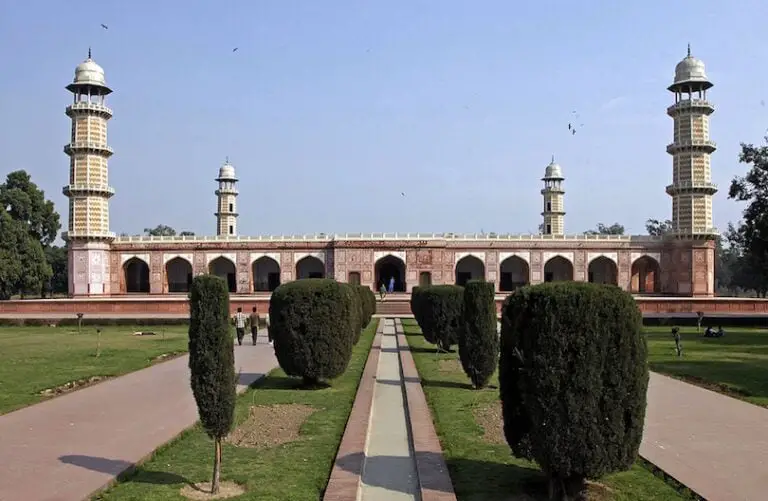
The Tomb of Jahangir, located in Lahore, Pakistan, is a splendid architectural marvel dedicated to Emperor Jahangir, a prominent figure in the Mughal dynasty. Built in the early 17th century, the tomb showcases the exquisite Mughal architectural style and reflects the cultural and artistic achievements of the era.
The tomb is a symphony of red sandstone and marble, featuring a grand platform, intricate jali screens, and a soaring dome. The detailed ornamentation and calligraphic inscriptions on the walls add to its artistic grandeur. The tomb is surrounded by a beautifully landscaped garden with a central water channel, making it a serene and picturesque setting.
Visiting the Tomb of Jahangir allows one to delve into the opulent world of the Mughal Empire, known for its artistic patronage and architectural innovations. It offers a glimpse into the life and times of Jahangir, his contributions to art and culture, and the enduring legacy of the Mughal dynasty in South Asia.
These five historical monuments, each with its unique significance and architectural beauty, provide an opportunity to travel through time and immerse oneself in the rich history and culture they represent. Whether you're interested in ancient Persian history, the revolutionary fervor of the Soviet Union, the architectural splendor of the Mughal Empire, or the diverse history of Rome, these landmarks offer a captivating journey through time and a deeper understanding of the past.
READ ALSO:
» 10 of Amazing Desert Landscapes in the World
» Top 10 Famous Bays In The World
» 17 Famous Roman Amphitheaters
» 10 Most Mysterious Tidal Islands in the World
6. Imam Husayn Shrine
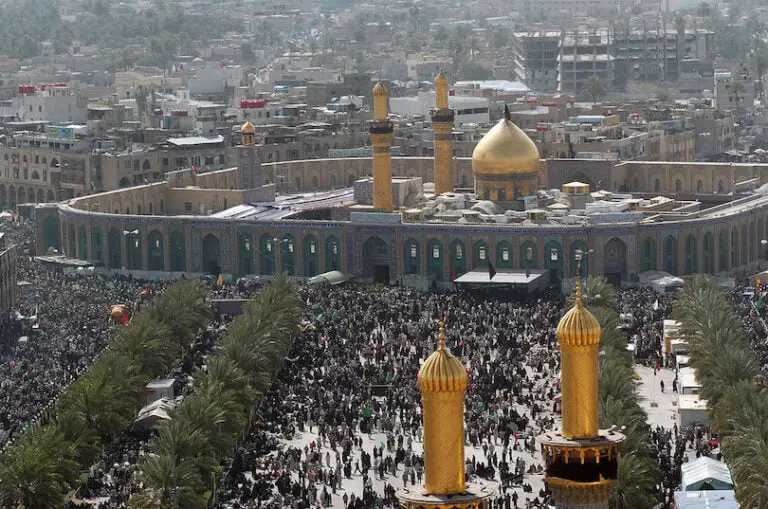
The Imam Husayn Shrine, located in Karbala, Iraq, is one of the holiest sites in Shia Islam. It is a revered place of worship and pilgrimage, dedicated to Imam Husayn ibn Ali, the grandson of the Prophet Muhammad. The shrine's significance extends beyond religion, as it represents the ideals of sacrifice, justice, and resistance against tyranny.
The shrine complex includes the tomb of Imam Husayn and his companions, who were martyred in the Battle of Karbala in 680 AD. The architecture of the shrine is a remarkable blend of Islamic and Persian influences, with stunning tilework, domes, and minarets. The golden dome of the shrine is a prominent feature that stands out in the skyline of Karbala.
The annual pilgrimage to the Imam Husayn Shrine during the Arbaeen commemorations is one of the largest peaceful gatherings in the world. It attracts millions of pilgrims from around the globe who come to pay their respects to Imam Husayn. The atmosphere during this time is both solemn and festive, as people walk for days to reach the shrine, often receiving food and shelter from generous locals along the way.
Visiting the Imam Husayn Shrine is a profound spiritual experience for Shia Muslims. It's a place for reflection on the values of justice and standing up against oppression, as embodied by Imam Husayn's sacrifice. The shrine's architecture and the sense of community during Arbaeen make it a remarkable destination for anyone interested in the intersections of religion, history, and culture.
7. Mausoleum of the Shirvanshahs
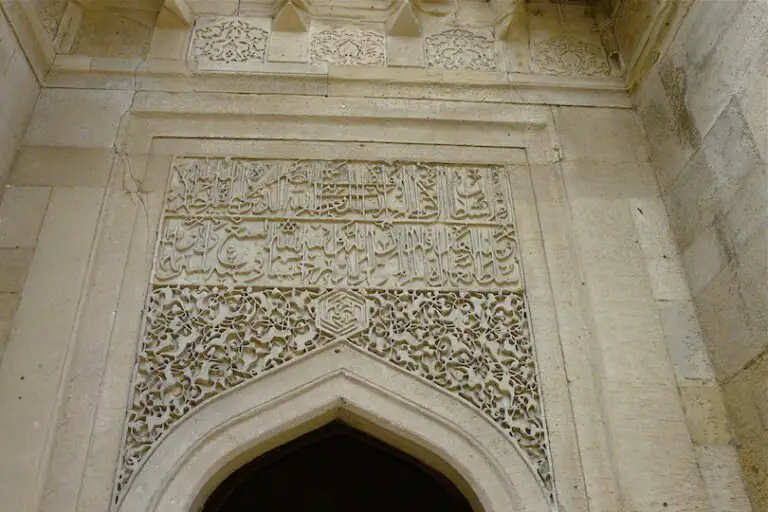
The Mausoleum of the Shirvanshahs, situated in Baku, Azerbaijan, is a testament to the rich history of the region. It is part of the larger Shirvanshahs' Palace complex, which was the royal residence of the Shirvanshah dynasty, rulers of Shirvan in the Middle Ages. The mausoleum is a striking example of Azerbaijani architecture and a UNESCO World Heritage Site.
The mausoleum is known for its elegant and intricate design. It features a rectangular structure with a central domed chamber that serves as the burial place for members of the Shirvanshah dynasty. The exterior of the mausoleum is adorned with ornate stone carvings, intricate geometrical patterns, and inscriptions in Arabic script, showcasing the skilled craftsmanship of the time.
Visiting the Mausoleum of the Shirvanshahs allows one to step back in time to the medieval period and explore the architecture and artistry of the region. The complex, with its various buildings and courtyards, provides insight into the lives and culture of the rulers of Shirvan. It's a captivating destination for history and architecture enthusiasts, as well as those interested in the heritage of Azerbaijan.
8. Shah-i-Zinda
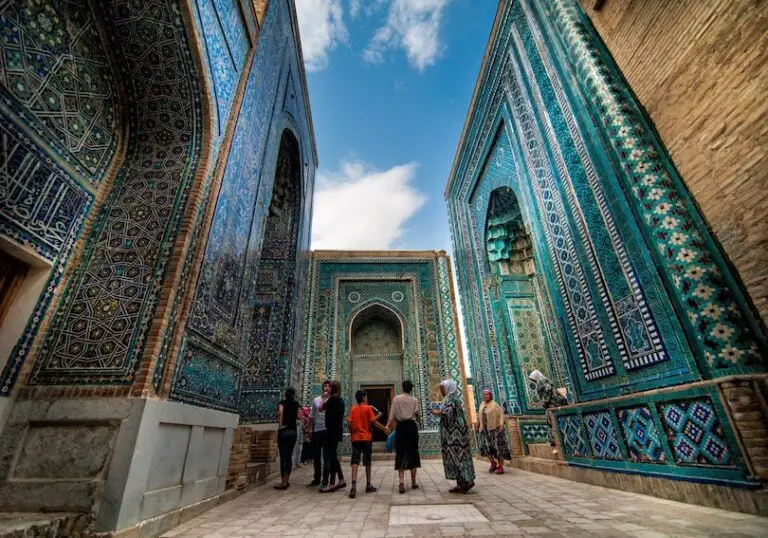
Shah-i-Zinda, located in Samarkand, Uzbekistan, is a stunning necropolis that holds a wealth of historical and architectural treasures. The name “Shah-i-Zinda” translates to “Living King,” and the site is a collection of mausoleums and tombs, including that of Qusam ibn Abbas, a cousin of the Prophet Muhammad.
The site is renowned for its turquoise-tiled facades and ornate decoration, which create a mesmerizing visual spectacle. The architectural styles vary from the 11th to the 19th centuries, reflecting the evolution of artistic influences in the region over time. The complex is a testament to the enduring cultural and artistic legacy of Central Asia.
Visiting Shah-i-Zinda is like taking a journey through the history of the Silk Road and the diverse cultures that converged in Samarkand. The complex's structures, each with its unique design and historical significance, offer a deep dive into the region's past and the interplay of various artistic traditions. It's a place where history, art, and spirituality converge, making it a must-visit for travelers seeking a blend of cultural experiences.
9. Terracotta Army
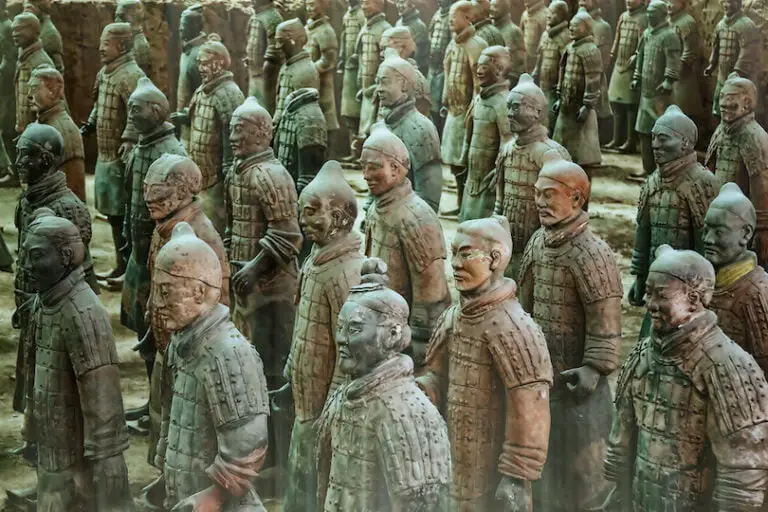
The Terracotta Army, located in Xi'an, China, is one of the most iconic archaeological discoveries of the 20th century. It consists of thousands of life-sized clay soldiers, horses, and chariots that were buried with China's first emperor, Qin Shi Huang, to accompany him in the afterlife.
The Terracotta Army is a remarkable testament to the ancient craftsmanship and the grand vision of Qin Shi Huang. Each soldier is unique, with detailed facial features, clothing, and weaponry. The sheer scale of the army is awe-inspiring, as it covers an extensive area with thousands of figures in various positions.
Visiting the Terracotta Army is a journey into ancient China and the ambition of its rulers. It offers a glimpse into the craftsmanship and technology of the time, as well as the beliefs and rituals surrounding the afterlife. Exploring the pit containing the army and the associated museum provides a comprehensive understanding of this extraordinary archaeological find.
10. Taj Mahal
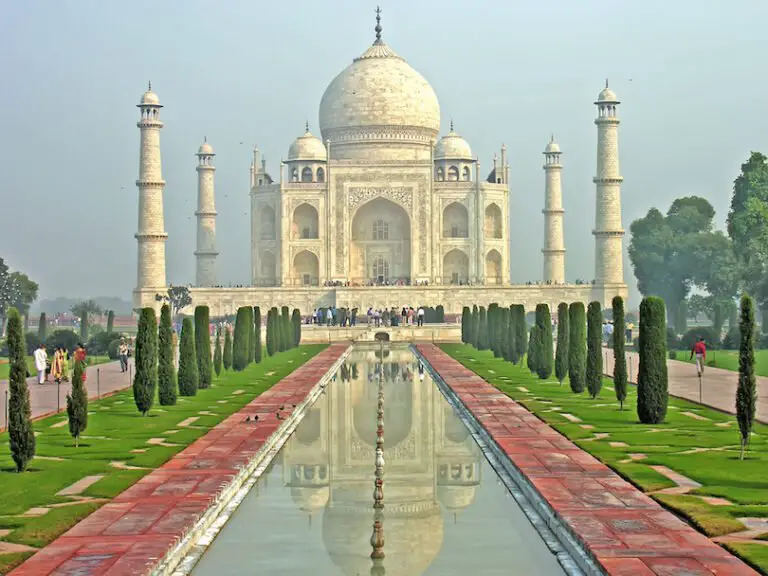
The Taj Mahal, located in Agra, India, is an architectural masterpiece and an enduring symbol of love. It was built by the Mughal Emperor Shah Jahan in memory of his beloved wife, Mumtaz Mahal, who died during childbirth. The Taj Mahal's beauty and significance have earned it a place on the list of the New Seven Wonders of the World.
The Taj Mahal is renowned for its pristine white marble construction, intricate inlay work, and symmetrical design. The central mausoleum is flanked by four minarets and stands in the midst of a meticulously landscaped garden with reflecting pools. The tomb's exquisite beauty is further enhanced by the play of light and shadow at different times of the day.
Visiting the Taj Mahal is a journey into a love story brought to life in architectural splendor. It is a symbol of enduring love, artistic achievement, and the rich history of the Mughal Empire. Exploring the monument, its gardens, and the surrounding structures is a captivating experience for history, architecture, and romance enthusiasts alike.
These five landmarks, each with its unique historical, cultural, and architectural significance, offer travelers an opportunity to explore the depths of human history, artistic achievements, and the enduring legacy of past civilizations. Whether you're drawn to the spiritual significance of religious sites, the architectural marvels of ancient palaces, the cultural richness of necropolises, the archaeological wonders of ancient armies, or the romantic tales of love, these destinations provide a rich tapestry of experiences and insights into our shared heritage.
Thanks for reading!
I hope this guide to the most famous mausoleums in the world helps you explore these incredible historical sites and appreciate their significance. While mausoleums may not be your typical tourist destinations, they offer a unique glimpse into the past and the legacies of those interred within.
If you have any questions or want to share your thoughts on these remarkable structures, please feel free to leave a comment below. Your feedback is valuable to us.
If you found this guide informative and interesting, we'd greatly appreciate your support in helping us reach more readers by sharing it on social media.
Don't forget to explore the rest of our travel guides for more fascinating destinations and historical wonders.